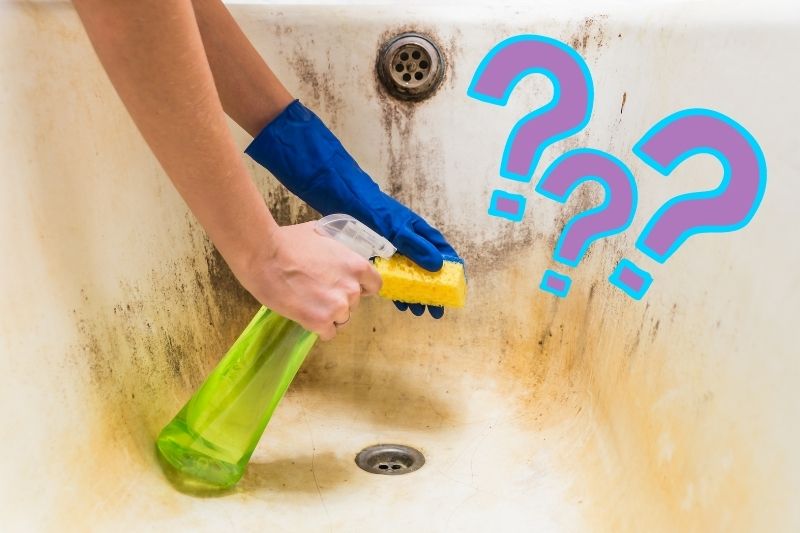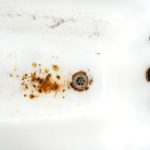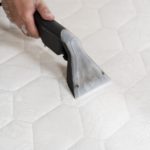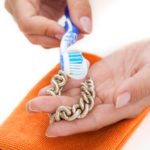Your bathtub tends to accumulate dirt over time. Bathtubs can also get reddish-brown stains if iron particles in water react with oxygen.
Want to know how to deal with a disgusting bathtub? Don’t worry, we’ve got you covered.
Here are some cleaning tips that will restore your bathtub to its former glory.
What to Use When Cleaning Your Bathtub
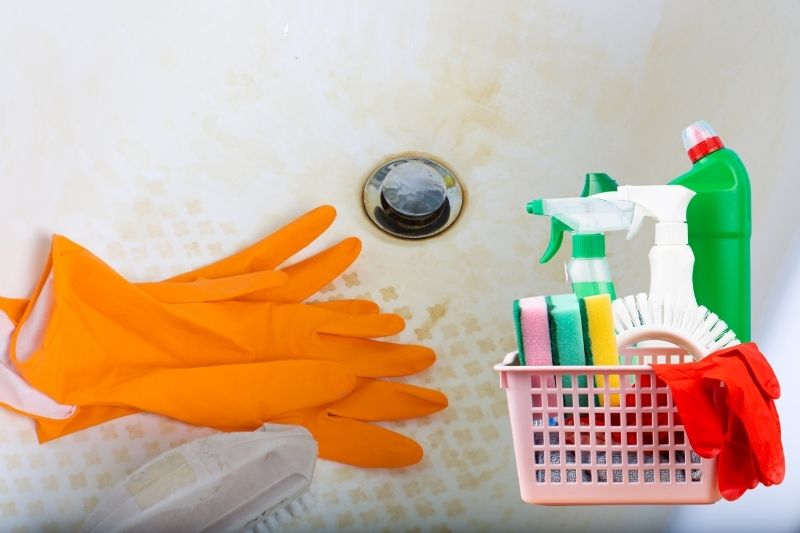
The tools you use for cleaning your tub are key. What you use should depend what your bathtub is made out of and what sort of stains you are dealing with.
You don’t want to use anything that will deface your tub. Most bathtubs are made of plastic, porcelain-enamelled steel, or porcelain-enamelled cast iron.
While abrasive cleaners are effective on enamel, they can damage plastic tubs’ surfaces.
Mild bathtub cleaners such as white vinegar and bicarbonate of soda can do well. Some chemicals can damage the surface of your bathtub and hence should be avoided.
Before using a store-bought cleaning product, read the manufacturer’s directions to be sure that it can be used on your tub.
As well as cleaning chemicals you will also need a brush for scrubbing, a piece of cloth or a clean rag for wiping, a sponge, a spray bottle, a bucket, mug and a pair of rubber gloves.
You might also need a face mask if the smell of chemicals irritates you.
How to Clean Disgusting Bathtub
1. Preheat the surface of your bathtub
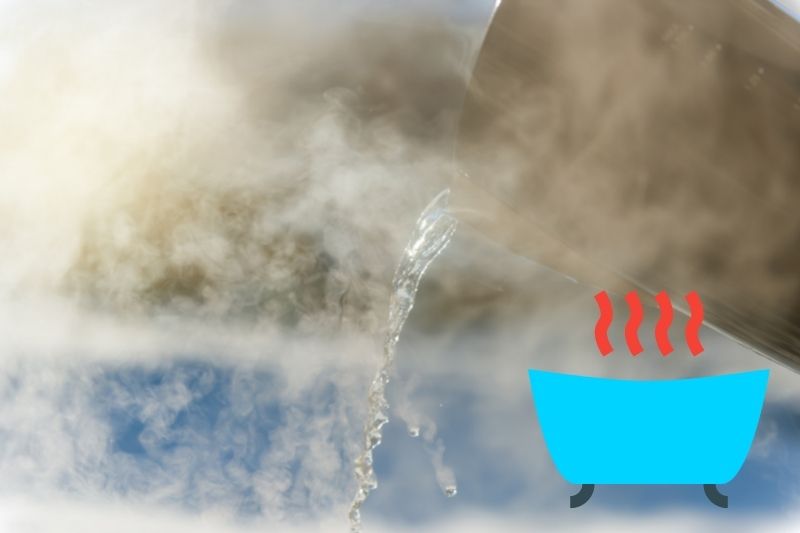
To make your bathtub easy to clean, preheat its surface by pouring hot water into it and then draining it. Preheating helps loosen any stains or gunk and also improves the effectiveness of your cleaning products.
2. Spray your cleaner evenly
Once you have drained the hot water, the next step is to apply the cleaning agent evenly. You can start applying the upper surfaces of the tub and work your way down.
To make the scrubbing easy, you need to apply the cleaning agent evenly, or else you might have unclean patches.
If you are applying chemicals, use rubber gloves to prevent your hands from coming into direct contact with them.
3. Let the cleanser sit for a few minutes
After you have applied the cleaning solution to all the surfaces, it’s a good idea to wait a while to let it permeate the stains or the dirty patches. This will make it easier for the stains to come out easily when you start scrubbing.
4. Scrub the surfaces
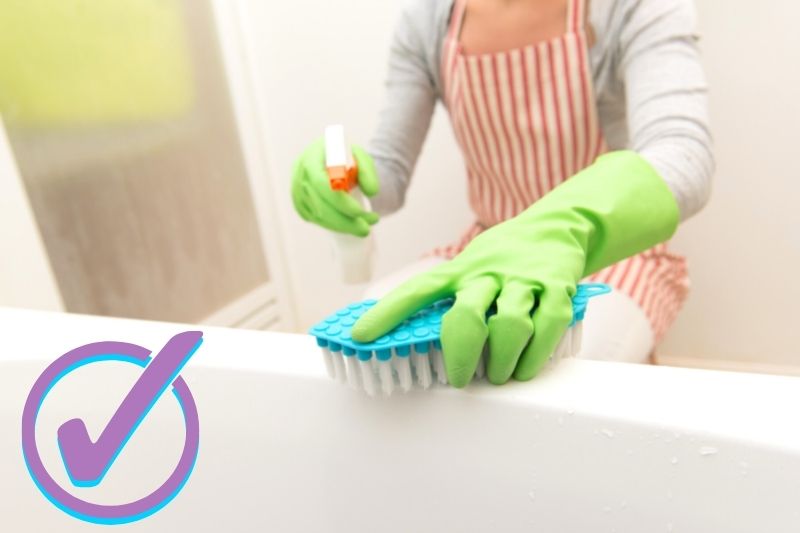
The next step is to scrub the surfaces to remove the stains. Here you should exercise caution not to apply a lot of force. Just ensure you apply enough pressure to avoid defacing the surface of your bathtub.
5. Rinse the surfaces
The last step is to rinse the surfaces. Once you have thoroughly scrubbed the surfaces, rinse your tub with plenty of water. These steps work well if the stains are not stubborn.
Removing Black Mould from a Bathtub
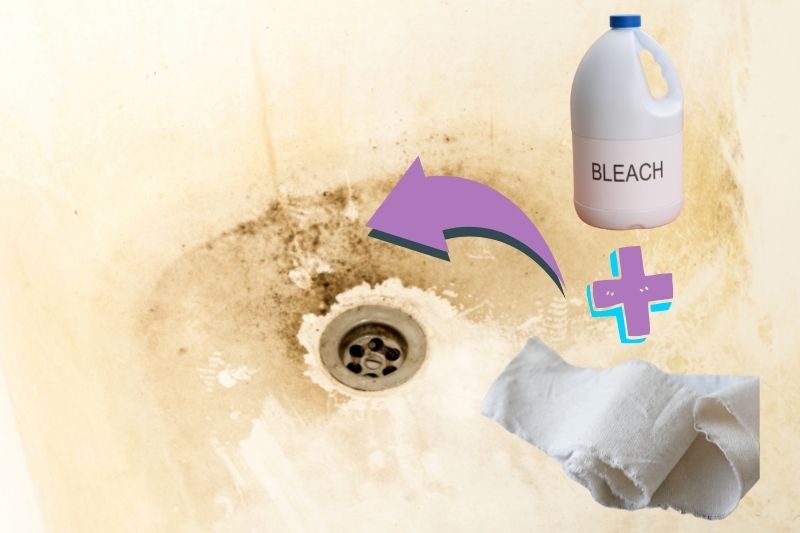
Black mould is a health hazard as it can cause allergies and respiratory problems.
Therefore, it needs to be dealt with properly. The good news is that it is not difficult to get rid of. You just need to soak cotton coils or cloth strips in bleach water and apply it onto the black mould and let it sit for a while.
If you don’t want to use synthetic chemicals, you can use natural methods which are equally effective. White vinegar, bicarbonate of soda, and hydrogen peroxide can remove black mould in your bathtub.
Hydrogen peroxide has antibacterial and antifungal properties making it suitable for treating black mould. Bicarbonate of soda can absorb moisture, thereby stifling mould growth.
All you need to do is to mix a bit of hydrogen peroxide and water into a water bottle and then spray the solution onto the black mould.
Alternatively, you can mix one spoonful of bicarbonate of soda with water and spray the solution onto the mould. In both cases, you need to let the solution sit for a while before gently scrubbing off the stains and rinsing it with water.
Vinegar is a strong natural acid that eliminates most mould spores. To prevent your tub from forming black mould in the future, spray the area with undiluted vinegar and leave it to air dry.
Although these substances have properties that help remove mould, mixing them is inadvisable since they can produce a toxic compound.
Check if the Drains Are Clogged
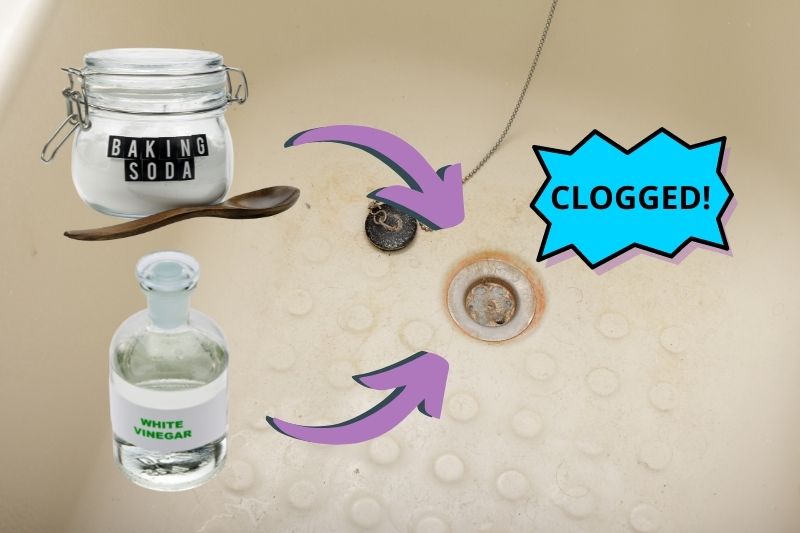
Is water taking longer to drain after taking a bath? If yes, it could be that the drain is clogged.
One way to naturally unclog the drain is by pouring half a cup of bicarbonate of soda and the same amount of white vinegar down the plug hole. After a few minutes, run the hot tap to rinse the drain.
Removing Rust from a Bathtub Using Natural Methods
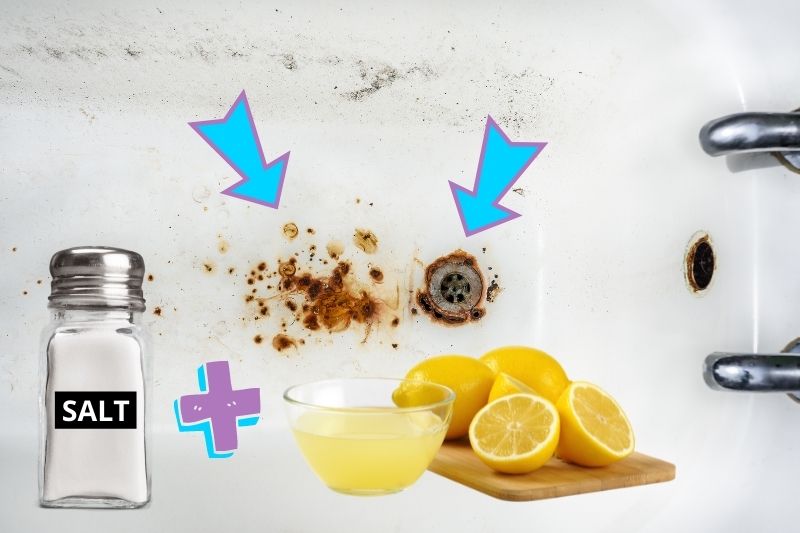
Your bathtub can develop rust. This happens when dissolved iron in water reacts with oxygen.
There are many ways you can remove the rust stains, some that involve using store-bought cleansers while others use natural methods.
One natural method you can use to get rid of rust is lemons and table salt. Cover the rusty area with table salt, and then squeeze lemon juice over the salty area. Let it sit for several hours to allow time for the solution to absorb the rust. You can then rinse the area.
Other than lemon and salt, you can also use bicarbonate of soda and vinegar. Mix the two to make a paste and apply it to the rusty spots. Let it settle for about thirty minutes, and then gently scrub the area.
After scrubbing, rinse the area well to wash away the rust. Another way to do this is to use Coca-Cola. Soak the rusty area with Coca-Cola and let it sit overnight before gently scrubbing and rinsing away the rust.
Clean Items in the Bathtub
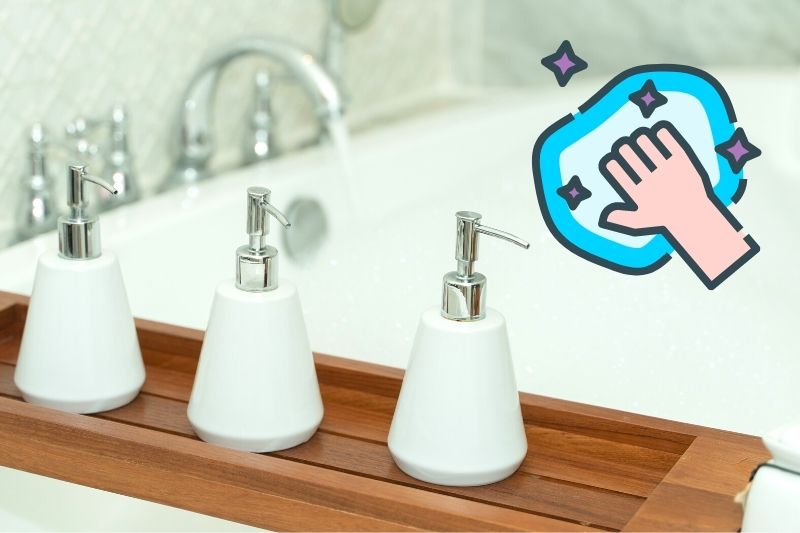
Clean any items you normally store in the bathtub as these could be the breeding ground for mould and bacteria. Use natural dish soap, vinegar and water to clean the items. Be sure to rinse and air dry them to prevent mould growth.

In The Wash is your guide to the best laundry and cleaning products, tips and tricks. Our mission is to solve the UK’s cleaning and laundry dilemmas!
